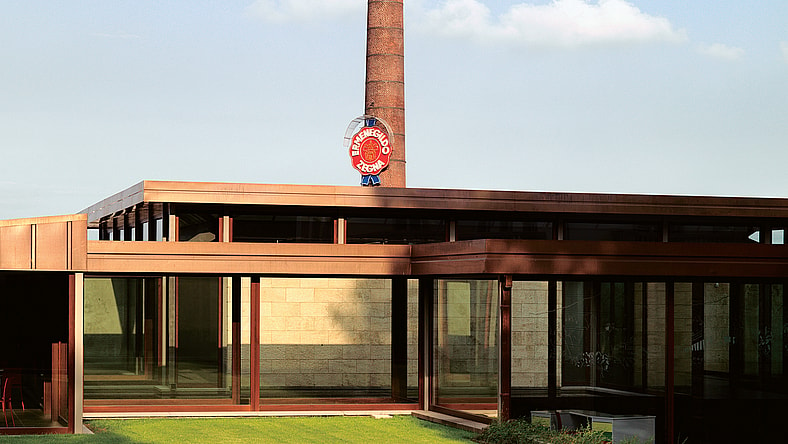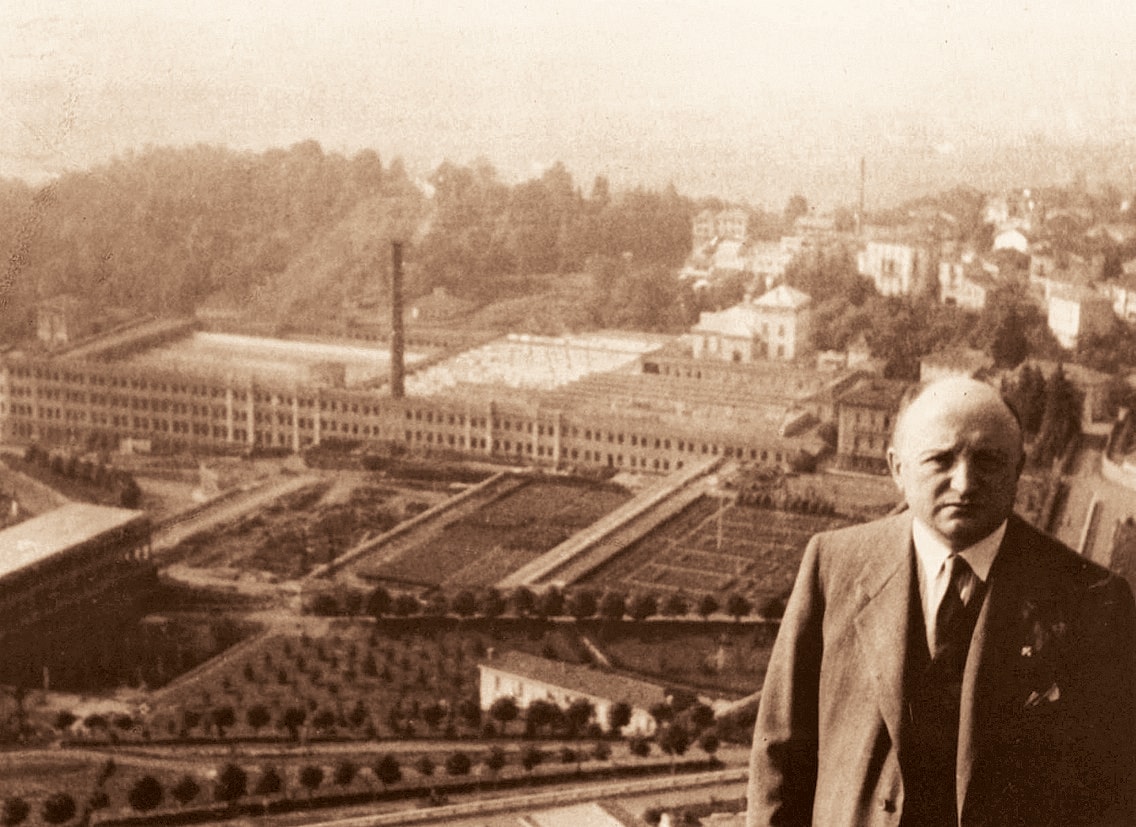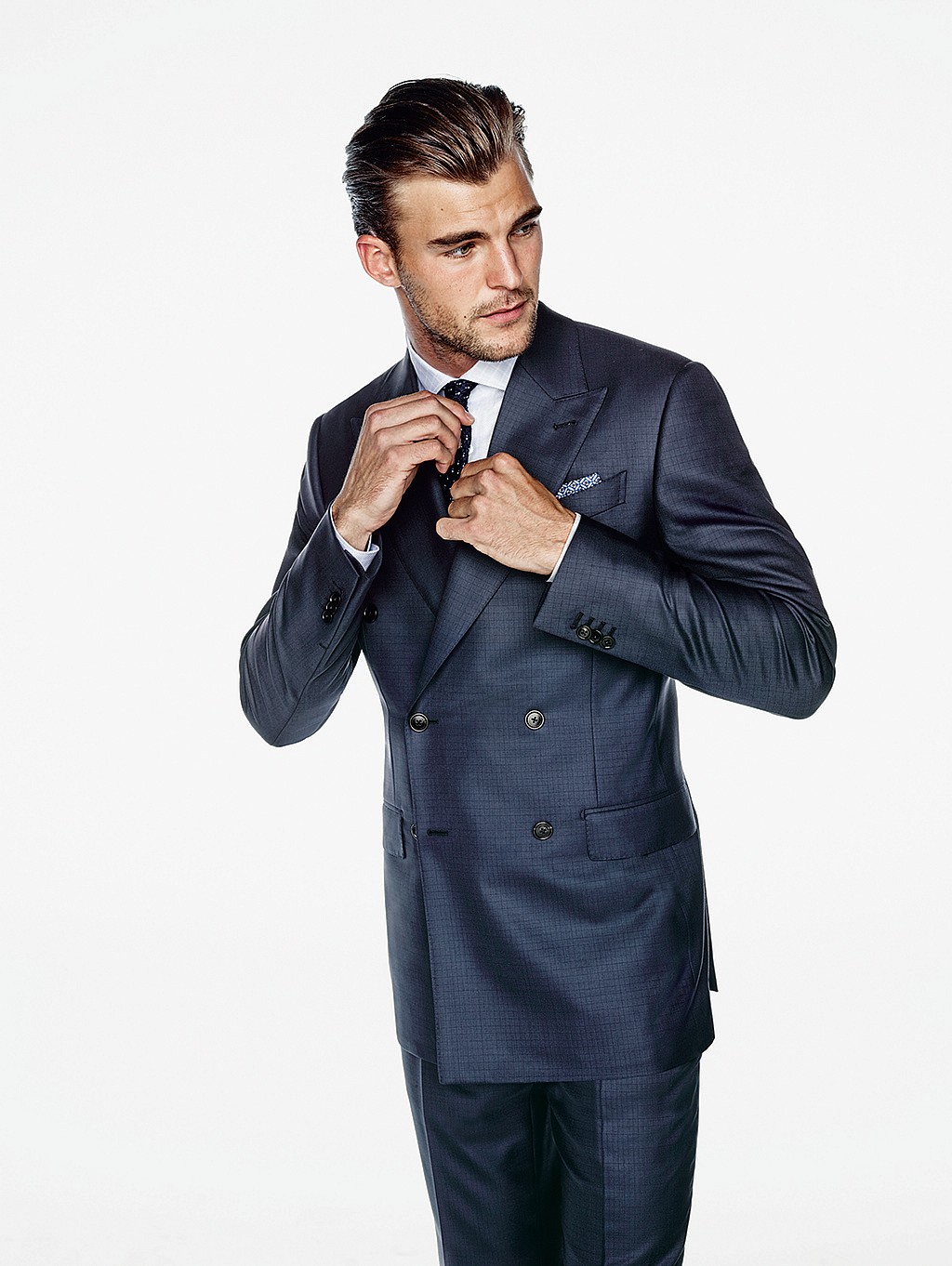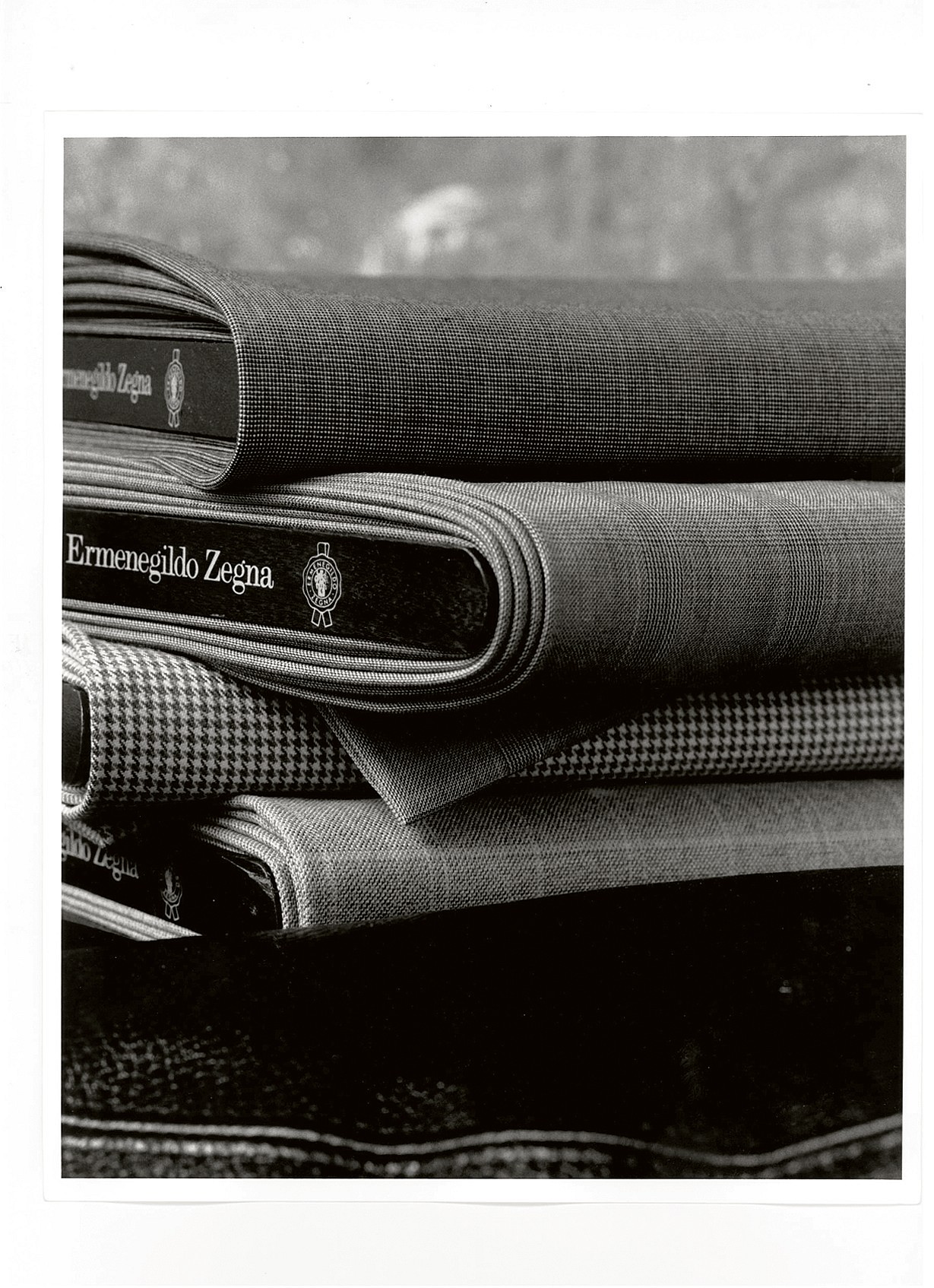The Evolution Of An Italian Menswear Dynasty
How Ermenegildo Zegna became one of the world’s best-known luxury brands.

Ermenegildo Zegna is one of the definitive and most influential names in men’s tailoring. It’s also one of the most successful, with earnings of more than 1 billion euros a year. The Italian house has over 500 stores worldwide and has become a key player in China, where growth has been astounding. Since opening its first store in Beijing in 1991, the company has seen the Chinese market grow into its number one earner, now reportedly accounting for a third of its revenue.
The house began as a modest textile producer in 1910. Eighteen-year-old Ermenegildo, son of a watchmaker and one of ten children, opened a fabric mill in Trivero, a small town in the alpine foothills near Turin. Zegna’s woolens were extraordinarily well made and splendidly diverse in weight and style, and soon the company was supplying fabrics to fashion labels and tailors around the world, as it still does.
In the 1960s, Zegna began its own tailored clothing line, and today it is unique in that it oversees every aspect of production: It mills its own fabric and designs and manufactures the clothing made from it. In business school you would call that vertical integration, and the equation works brilliantly for Zegna. It gives the company an unprecedented level of control, along with the ability to experiment with and develop new technologies, establishing the state of the textile arts. Beyond that, Zegna’s success stems from something much simpler: It understands how men want to dress.
A family-run enterprise, the firm’s current CEO, Ermenegildo (known as Gildo), is the grandson of its namesake founder. “Passion is integral to our success,” he says. “The legacy that was passed down from my grandfather and my father, and the vision and drive I would like to hand down to the next generation of the Zegna family, these are constant motivators to continue that success.”
For decades the Zegna brand stood for discreet tailoring, but today’s man takes a more varied approach to his wardrobe. In response, Zegna has shown a considerably more unbuttoned side, proving it can speak to men of a less formal mind, who’ll wear a tie as an exception, not a rule. These are men who can wear a suit on their own terms, who have a magnificent sport coat, dressing it up one day and down the next.

After all, this is a northern Italian company known for its understatement, less beholden to the sprezzatura dandyism of its Neapolitan countrymen in the south or the fashion-fluent in neighboring Milan. If Zegna’s suits were once the preferred uniform for business types with a weakness for Italian tailoring, they’ve expanded into the culture at large. Zegna suits and tuxedos now appear on star athletes such as Peyton Manning and are familiar sights on red carpets (Jon Hamm and Idris Elba are fans).
The company embraced a more fashion-forward stance when it introduced Ermenegildo Zegna Couture, the bravado high-end line overseen from 2013 until this February by Stefano Pilati (formerly of Yves Saint Laurent). Pilati’s involvement created a new presence at Milan fashion week, and put Zegna front and center in the menswear dialogue. Pilati’s replacement, Alessandro Sartori, has just arrived from the French house Berluti (though he is a veteran of Zegna). He’ll be the artistic director for nearly all of the brand’s lines.
A signature of the company for more than 40 years is Su Misura, Zegna’s made-to-measure program that is both art and science. On any day you can walk into a Zegna store, select one of more than 700 fabrics, and have a suit made to your specifications in less than four weeks. That’s an equation no other company can match. Department stores and tailors have made-to-measure events twice a year—and delivery takes two months, if you’re lucky. And as quick as the turnaround is, the quality is even better-: Zegna’s factories are trusted by some of the most formidable names in men’s tailoring. They made suits for Gucci when Tom Ford was at the helm. And when Ford started his own label, Tom Ford, he asked Zegna to make those suits, too.
The beauty of the made-to-measure suit is that you have all your options available, including a cut with a narrower athletic silhouette that many men favor these days. These suits are an investment (prices start at $3,395 and head north from there, depending on the fabric), but not only do they look luxurious, they also serve as a sort of dietary discipline, as you’ll want to fit into them for the rest of your life.

If you’re going to have a suit made, the biggest decision is the choice of fabric. Zegna punctures the myth that all blue suits are created equal. Consider Trofeo, developed by Zegna in 1965 and perfected since. It measures 17 microns (the finer the wool, the fewer the microns), which makes it as fine as cashmere but much lighter in weight. “Trofeo uses superfine Australian merino wool to create strength,” Gildo Zegna notes. “Resiliency and softness in the fabric without compromising a luxurious hand.” The name is apt; trofeo means “trophy,” and if this fabric were that kind of wife, she’d be a 10.
Trofeo is made from unusually long fibers, so it wrinkles far less than other fine fabrics. This is an event suit, one you’re proud to wear to your wedding or, if you’re Gildo Zegna, to your first communion. His first made-to-measure two-piece was cut from the same fine wool that we now call Trofeo.

If you want to dive into the deep end, there’s the truly rarefied world of vicuña overcoats and fabrics, which reach the exalted level of 10 to 12 microns and cost more than a small Fiat. But in a perfect world, made-to-measure isn’t just for a suit you wear once a year; it’s part of your regular sartorial rotation. That’s why Zegna recently introduced what it calls the Casual Luxury program, a nod to the many men who are looking for options like a less structured sport coat in, say, a Japanese denim, or a raincoat in a more daring color than beige.
That means more made-to-measure options for guys who don’t wear a suit as often but are still very specific about what they want, whether it’s a suede field jacket or a bomber in a technical fabric. “We are speaking to the way more and more men want to dress, as their lifestyles change,” says Gildo. “We developed the collection to respond to the needs of today’s young professional who is no longer confined to the uniform of just a suit.”

Zegna is a 106-year-old company, but it’s at the forefront of avant-garde technology, and its mills make some of the most luxurious-—and advanced—fabrics in the world. Trofeo Elements wool, for example, features a membrane that helps maintain its breathability while completely repelling water, which is perfect for moments like docking your yacht at Portofino or cracking open bottles of Champagne in the World Cup locker room.
But clothing isn’t the limit of Zegna’s ambitions, which long ago expanded into shoes and leather goods. For the past two years, it has partnered with Maserati to produce a limited-edition car, complete with custom fabrics made in Zegna’s original mill. The company has come a long way since the first Ermenegildo, built meticulously over three generations into a global menswear empire.
Of course, it helps when taste runs in the family.
